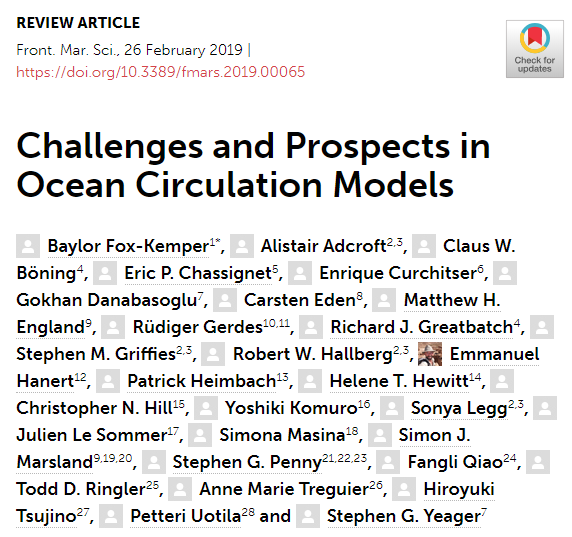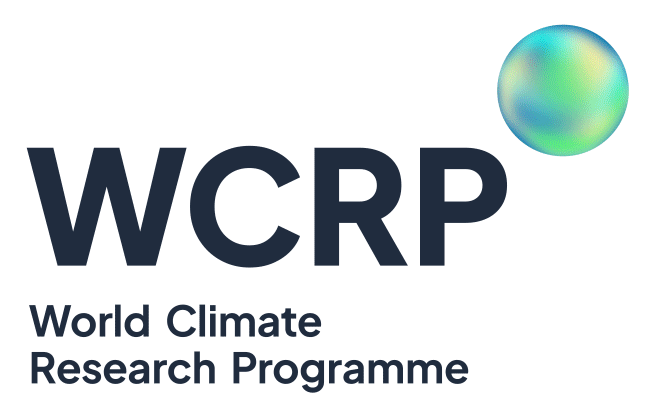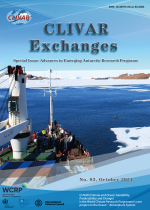Progress, Challenges and Prospects in Ocean Circulation Models

Ocean circulation models have evolved a lot in the past ten years.Recently, members from the CLIVAR Ocean Model Development Panel (OMDP) and collaborators summarized the new developments in ocean modeling since a similar OMDP review from 2010. Their review summarized the challenges and prospects at the forefront of present work in ocean modeling. This article can be found in Frontiers in Marine Science.
The simulation ability and range have improved a lot, through refined spatial discretization, grid configurations, parameterizations, etc. Models are now used for a variety of purposes: Simulating the large scale such as the Southern Ocean and the Meridional Overturning Circulation and its variability; Simulation of submesoscale variability and evaluating parameterizations of submesoscale effects; small-scale process studies including important nonhydrostatic effects. Sea ice, ice shelves and high-resolution atmospheric models are now coupled to ocean circulation models, and this development has driven improvements in ocean and coupled system numerics. Observations have provided insight into turbulence and mixing around the globe and the consequences of these observations are assessed through perturbed physics models. Parameterizations of the mixing and overturning processes in boundary layers and the ocean interior have improved, but continued study and intercomparison will be a task for the next decade of OMDP work.
(Summary prepared by Baylor Fox-Kemper, Brown University)
------------------------------------------------------------------------------------------------------------------------------------
Fox-Kemper B, Adcroft A, Böning C W, et al. Challenges and Prospects in Ocean Circulation Models[J]. Frontiers in Marine Science, 2019, 6: 65.














Add new comment